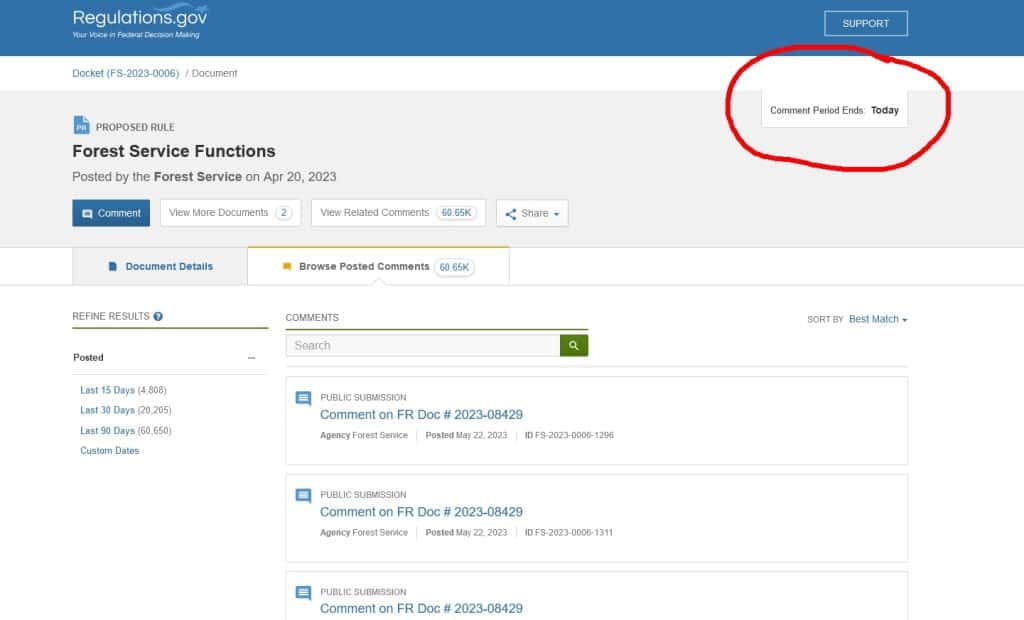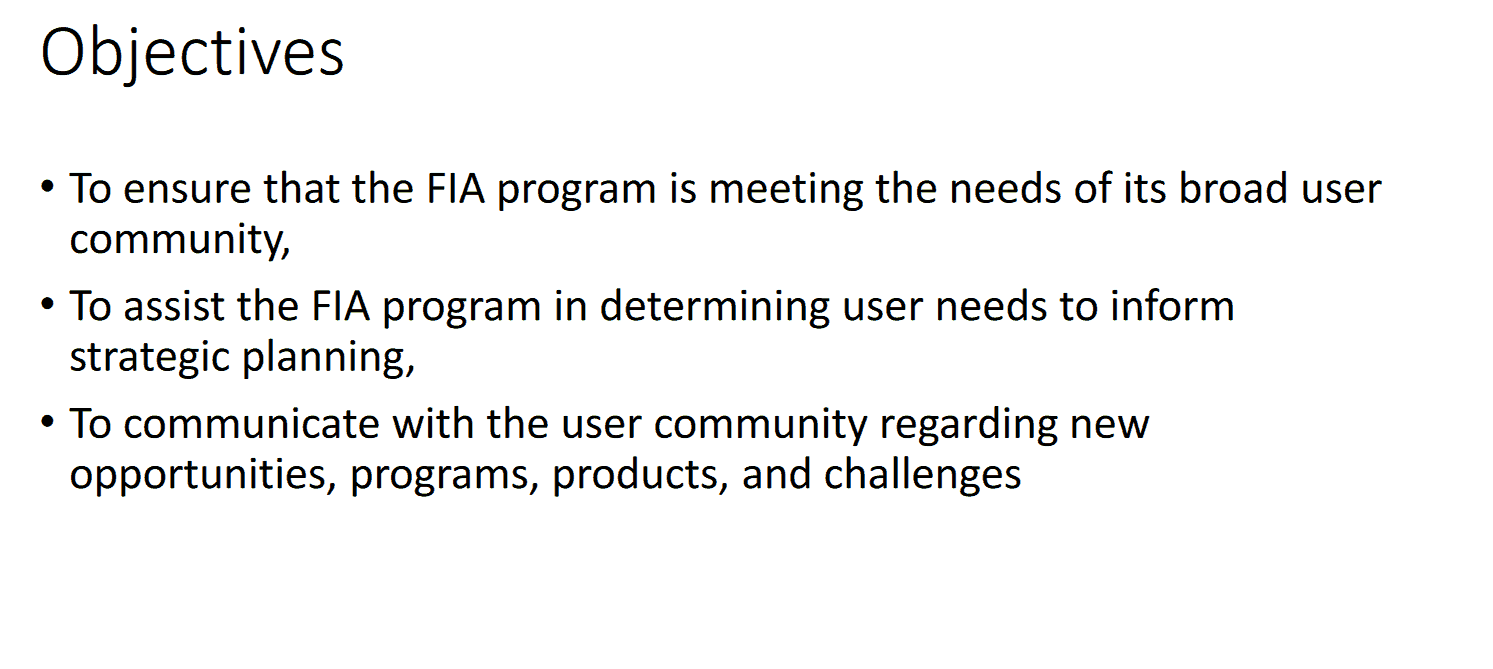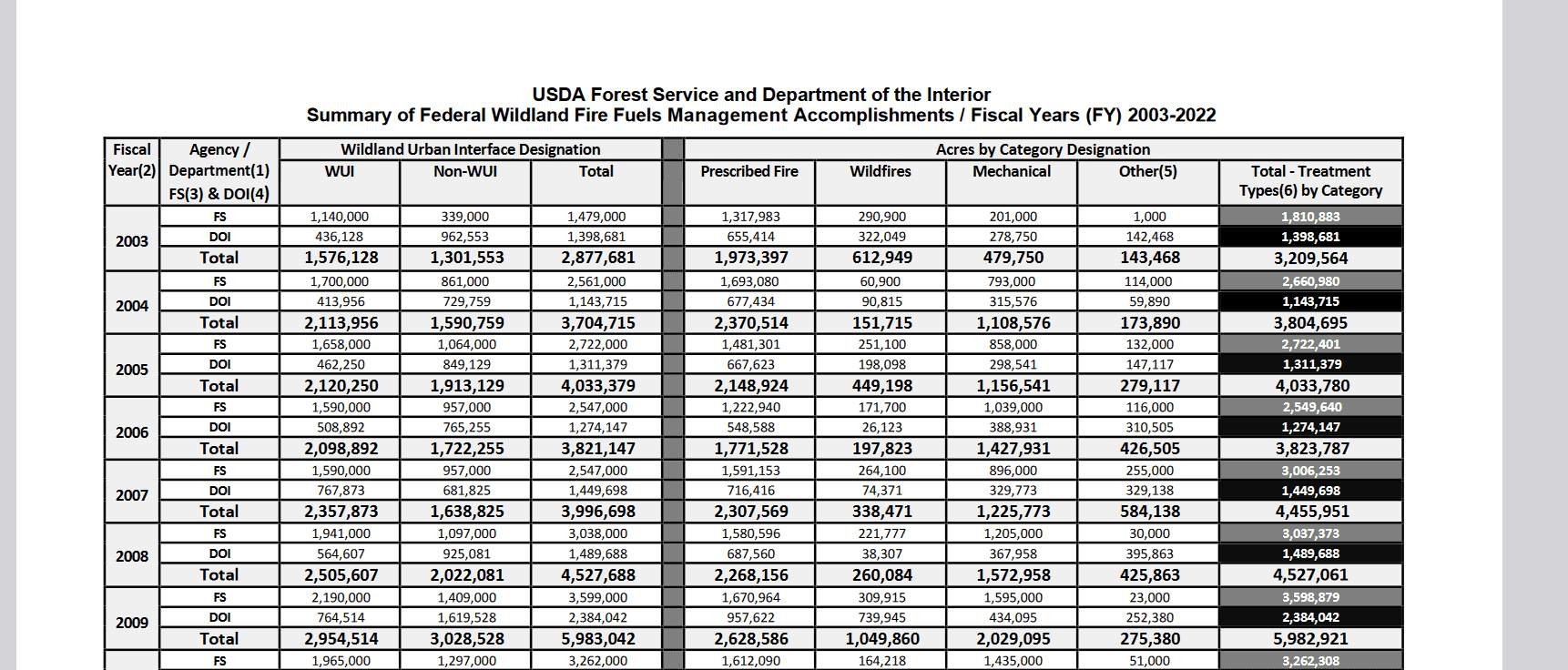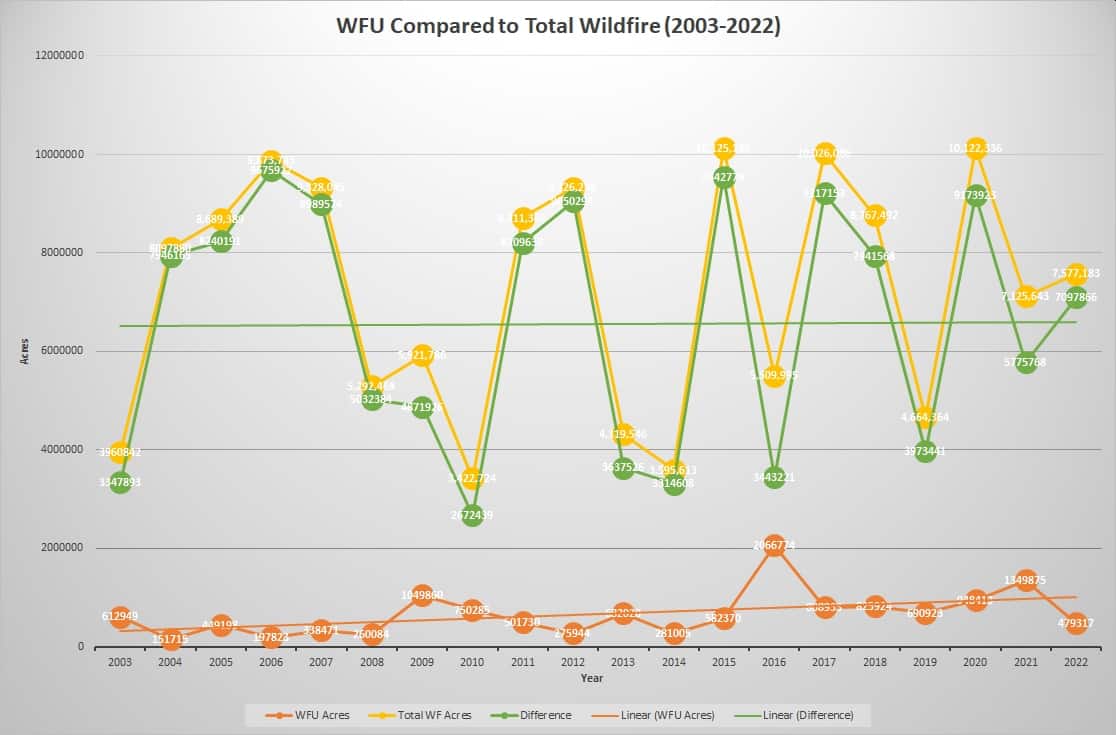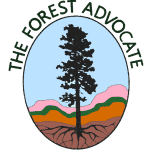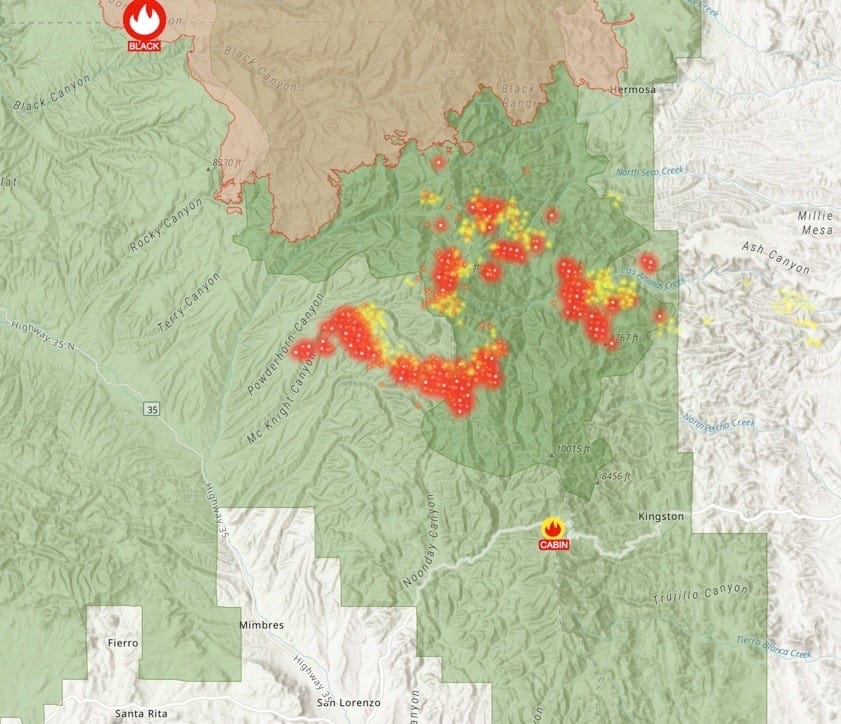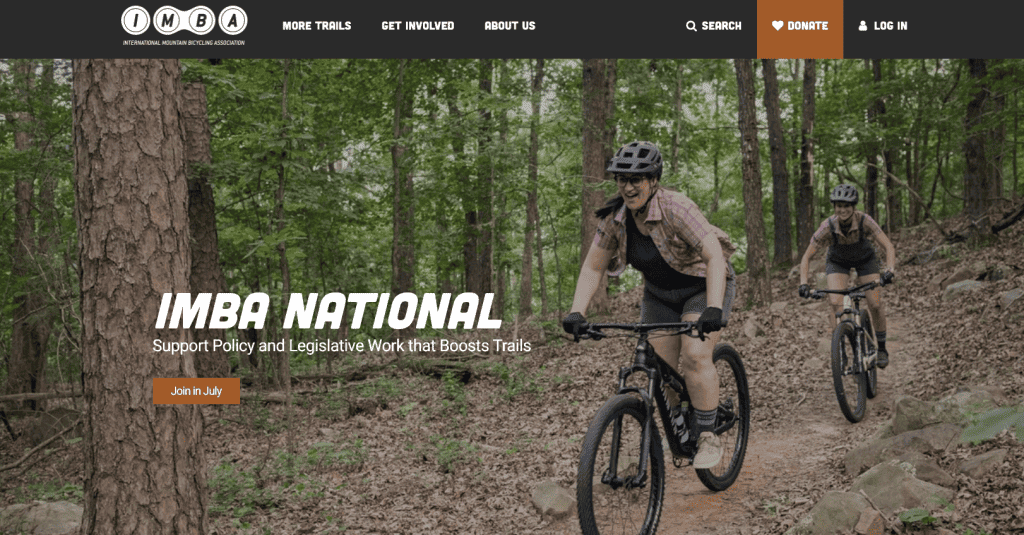The comments requested in the ANPR seem to me to be pretty much about everything the FS does. Which is great, in a sense, because I think it’s an open door to make any comments you think would improve the FS. For example, you could make an argument …. unknown climate changes=changing quickly=flexibility for FS to respond=more trust= better data for the public and more transparency= the People’s Database.
I copied the questions from the ANPR so you can check them out in this post.
Some of it seems like the same old problems.. like adaptive management. Remember Chief Thomas and the inception of the Inventory and Monitoring Institute? And I think many TSW readers have had their own experiences and ideas which you could write up and send in today, if you haven’t. For me adaptive management always goes down to “how structured? and by whom, to what end?” We also have examples like the Watershed Condition Framework- how did that work out? Some of us were on the front ends of these efforts.. some seem to have fizzled out and maybe we never hear what happened. Michael Ligquri had an interesting comment on that here when I first posted about the ANPR questions.
Two comments:
1) we tend to bog ourselves down with these kinds of open-ended, subjective, and unanswerable questions. All great questions, no doubt. But they tend to promote more “analysis paralysis”, and often fail to advance any significant “adaptation” to management. I’ve participated on several multi-year committees assigned to resolve these types of questions, and while we end up wordsmithing complex answers, little changes. To anyone who understands design theory, such “overconstrained, over-complex problem sets” is an inherently poor frame for solutions.
2) An effective approach that I’ve used to inform “adaptive management” is using performance-based monitoring/research approaches. This starts with structured working hypotheses that are both measurable and testable. It also includes specific targets and action thresholds based on objectively measurable existing conditions and trends analysis. Ideally, such approaches must include an understanding of geographic diversity. Watershed Analysis was originally designed to help inform such standards, but failed in its implementation (for many reasons, too complex to elaborate here).
And the more structured the framework, the less able to adapt to “rapidly changing” concerns and impacts. Not easy. But here are some quotes from the front end of the ANPR:
Climate change and related stressors, such as wildfire, drought, insects and disease, extreme weather events, and chronic stress on ecosystems are resulting in increasing impacts with rapid and variable rates of change on national forests and grasslands. These impacts can be compounded by fire suppression, development in the Wildland Urban Interface (WUI), and non-climate informed timber harvest and reforestation practices.
Multiple Forest Service plans, policies, and regulations already include direction on climate adaptation. However, given (1) increasing rates of change, and (2) new information and ways of assessing and visualizing risk, USDA and the Forest Service are issuing this ANPRM to seek input on how we can develop new policies or build on current policies to improve our ability to foster climate resilience, recognizing that impacts are different in different places across the country.
There’s a couple of interesting things about this framing. First of all, apparently according to this, everything bad is climate or climate-related that needs to be adapted to. So.. if we have a new introduced invasive insect, does that only require attention if it’s “climate-related”? If that’s the case, you can see people making the argument why it is climate-related, even when it isn’t. Pretty soon everything is climate-related. Even Covid-related recreation pressure (if it’s hotter in the cities, then more people will go to the mountains?). If we keep going, then, all resilience is climate resilience, and we’re gone from multiple-use to ecological sustainability to ecosystem integrity to climate resilience, and at the end of the day it’s all the same stuff the FS has been doing with different words. You might also notice that after multiple use in this line-up, people and the social sciences seem to take a backseat. And yes, I understand that “without ecosystem/climate resilience, there would be no recreation” that’s kind of the “ecological sustainability is primary” 2001ish argument. But do all these definitional meanderings actually help any employees and users and neighbors make better decisions about the problems that confront them every day?
The other thing that struck me about this is the “development in the WUI and non-climate informed timber harvest and reforestation practices”. I retired quite a while ago, and even then silviculturists, fuels practitioners and reforestation folks were considering climate in their work. And one of the first papers on reforestation strategies and climate was in 1992, over 30 years ago. I also don’t see how “development in the WUI” contributes to “wildfire, drought, insects and disease, extreme weather events, and chronic stress on ecosystems” except for the obvious way that people who live in the area may start fires (but maybe homeowners are more careful than recreationists because it’s their properties.. do we know?), and neighbors not treating their trees could lead to more insects and disease? But why WUI folks and not other neighbors?
The concern about matching adaptation to “rapid and variable rates of change” reminds me of Chief Jack Ward Thomas on forest plans:
“Land use planning should be a meaningful – a guide to management action and funding – achieved within a year at much less costs. Before embarking on new efforts in planning it is critical to determine why such planning has failed so miserably and short comings rectified. Flexibility should be a component so as to deal sudden alteration in conditions – fires, markets, economics, and, insect and disease outbreaks.”
I think he said this about 30 years ago.. but note he mentions fire and insect and disease outbreaks. Anyway, perhaps this is a good time to consider amending NFMA to help the FS be able to respond to “rapid and variable rates of change” and use the latest science at the period a project is proposed.
Recreation doesn’t play much of a role in this ANPR for some reason and it’s probably the #1 important use of National Forests now, so that’s also interesting. Anyway, if you think they are asking “hey climate resilience is a new and different thing, how should we manage it?,” it seems like an opportunity to respond with any ideas you have for improvement in general.
You can post parts of your comments below or email me. I’m curious about what people come up with.
